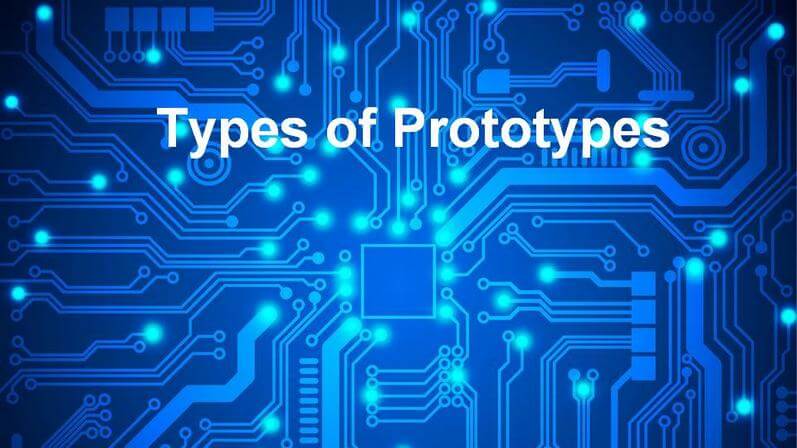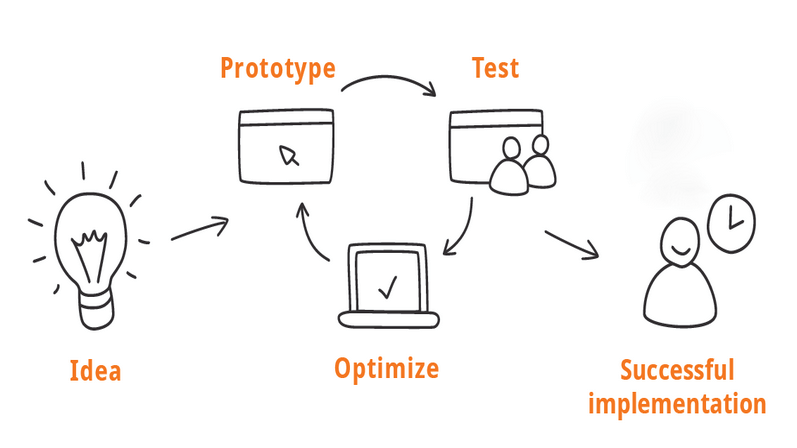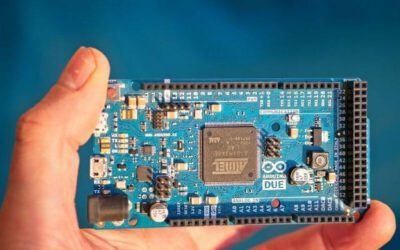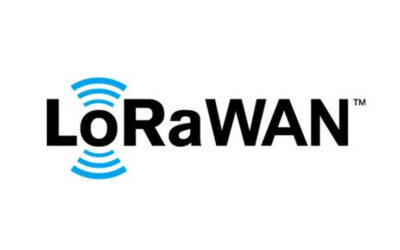What Types of Prototyping Are There?

What Are Prototypes in Software?
Software development is a costly process involving numerous resources and taking much time. Thus, as soon as the final product turns out to be flawed or incompliant with the client’s specifications, the cost of corrections is enormous. To avoid such costly mistakes, developers resort to pre-production prototype creation for the sake of visualizing and testing the intended design with minimal input of time and resources.
So, what is prototyping in software engineering? How can you make use of prototypes in your software project to receive a product meeting your expectations? Here the ADUK team presents a review of types of prototyping, their pros and cons, and methods for creating and using prototypes to your maximum advantage.
 Types of Prototypes and Their Usage
Types of Prototypes and Their Usage
In a nutshell, prototyping refers to the process of a software product’s visualization before its actual development. Having a visual prototype helps ensure that the client and the dev team are on the same page, focused on the same final product. Thus, a prototype serves as a model based on which the software engineers write the code and design the product’s features and functions.
To date, coders use several types of prototyping depending on the clients’ needs, available time, and budget.
Throwaway Prototyping
What is rapid prototyping? The rapid (throwaway) prototyping approach is the quickest and the most financially affordable one. This prototype is completed within a short period and doesn’t have any real-world functionality, focusing solely on the design. This technique is used to collect feedback from the client and see whether the proposed design fits their needs and expectations. Once the revisions are made, and the confirmation is received, the coders start development from scratch without using the dummy prototype, referring to it only as a design model.
Evolutionary Prototyping
As its name suggests, this type of prototype grows, or evolves, from some basic skeleton of the software product’s structure into something more complex and functional. Developers add features at each iteration to move to the final outcome step by step. Evolutionary prototypes are working from their first stages of development, meaning that the client and developers can interact with them and test the developed features. Thus, by means of refining the prototype and advancing it, the software development team arrives at the final product.
Incremental Prototyping
The evolutionary approach to prototyping looks more like a vertical process, with more complex features built upon the fundamental ones in the process of iterations, and the incremental approach results in a horizontal prototype. Developers break down the project into minor aspects that are later developed separately. Each separate feature is developed in its workable condition and tested separately, integrated with other features at the end of the development pipeline.
Extreme Prototyping
This approach is more widespread in projects involving the creation of web app development. Apps typically include presentation and services layers; thus, the extreme prototyping method is structured according to this app architecture. Designers work on the HTML wireframe first, then transform it into functional pages, and afterward, add the services layer.
Advantages and Disadvantages of Prototyping
Each prototyping approach comes with its pros and cons that both the coder and the client should consider. Thus, a proper choice of the prototype should be initially made with proper regard to the client’s time, resources, and expectations.
Rapid (throwaway) prototyping
+ It’s a fast and simple way to visualize the project and negotiate its specifics
+ It’s cheap to make the dummy model
– The outcome is only a feasibility prototype to test the waters
– The prototype is commonly thrown away and cannot be used in the development process
Evolutionary prototyping
+ The product evolves based on client feedback
+ The prototype becomes a functional product without wasting time and throwing the prototype work away
– It is lengthier than other approaches
– It is costlier than other methods
Incremental prototyping
+ The product can be developed quicker as different teams or coders can work on its different features simultaneously
+ The prototype evolves into a product, without waste and double work
– At the integration stage, some elements of design may not fit well together
– The final product’s functionality may be poor if some aspects are done well, while others are flawed or underperform
Extreme prototyping
+ All app development specifics are considered
+ The approach incorporated back-end and front-end development harmoniously
+ The time-to-market is short, enabling clients to get a working app quickly
– The focus is on coding, not design
– It’s not suitable for outsourcing as the client should meet with the development team in person to achieve good project outcomes
– The development process involves many changes that are hard to document
Tips for Creating and Using Prototypes
Now that you’re ready to get a prototype for your forthcoming project, it’s necessary to plan the work process correctly. Use these tips to get a high-quality prototype suitable for your project goals.
- Identify Your Goals
Keep in mind that your goals determine the choice of the prototype. If you only need a mock-up for the project to clarify all features and functions, it’s enough to use throwaway prototyping. Still, if you need to test some features’ feasibility and arrive at a clearer vision of the workable model, it’s better to engage in high-fidelity prototyping (which is evolutionary).
- Stay in the Loop
To receive what you want from a web development company, you should stay in touch with the team and give them feedback on the development progress. Watch the prepared animations, give thoughtful comments, check the progress tracking documentation. Your input is always valuable as it guides the team and helps both sides stay on the same page.
- Go for the MVP Testing
It’s always a good idea to engage the end-users in the testing process. Launching an MVP and giving users access to it lets you get feedback from your target customers for the product’s fine-tuning. Besides, users testing your MVP can give valuable insights regarding missing or redundant features, thus increasing the chances of your product’s adoption by users once it enters the market.
Take Advantage of Aduk’s Prototyping Expertise
Are you considering web development and thinking of the prototyping approach? Use our tips to make the final choice or consult the ADUK experts to select the most reasonable option. We have in-depth expertise in various software product development and collaborate with clients from idea to launch. Thus, you will always get competent advice and professional project execution here.
Recent Posts
- What Is an Exoskeleton Suit?
- Where can you use an ultrasonic motor?
- Smart Camera: System That You Can Use for a Wide Variety of Purposes
- Why Is the Smart Toothbrush Better Than a Regular One?
- Microcontrollers: An Integral Part of Embedded Hardware
- Air Quality Monitoring System: Why It’s So Important in Modern Realities





